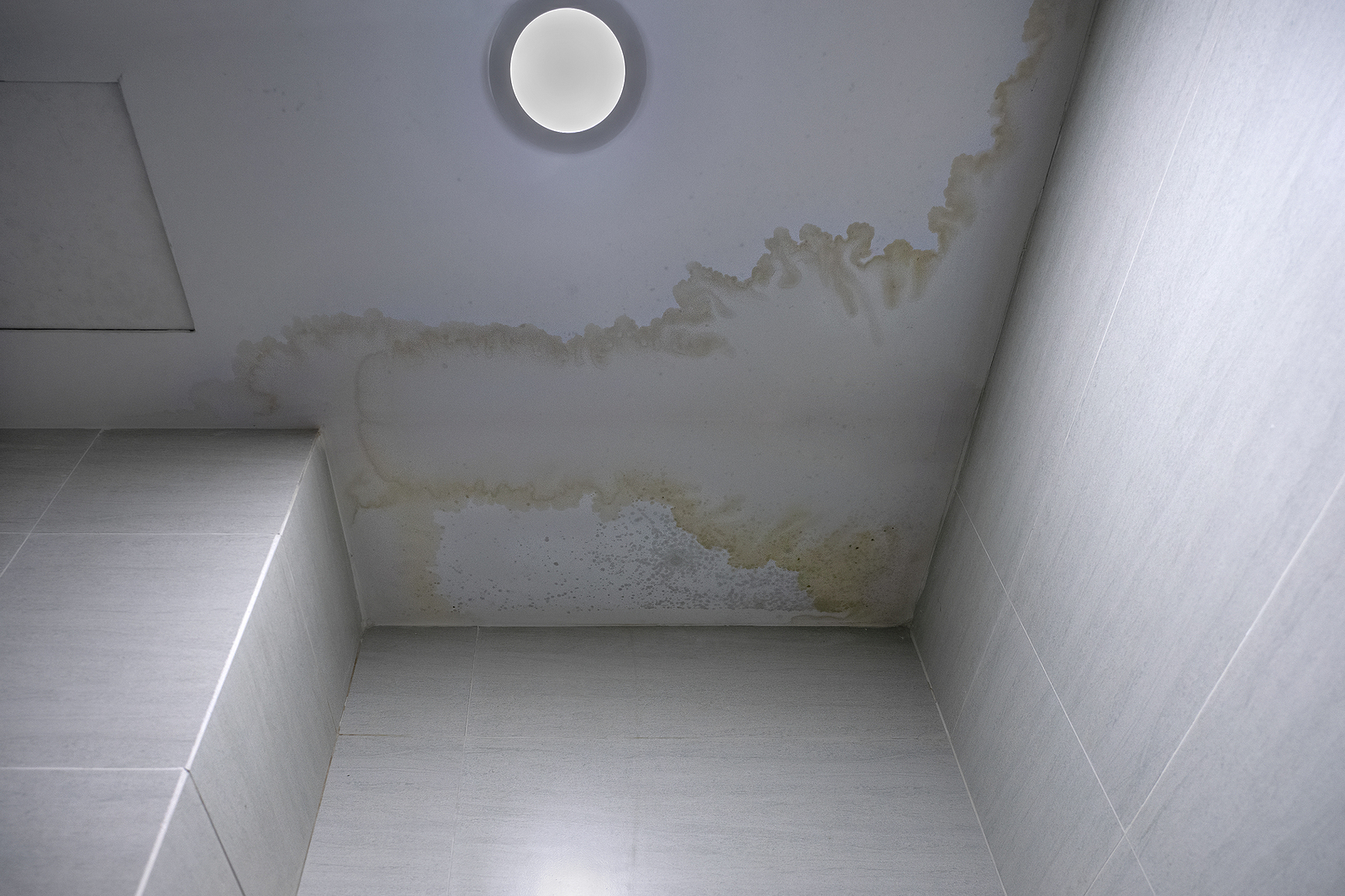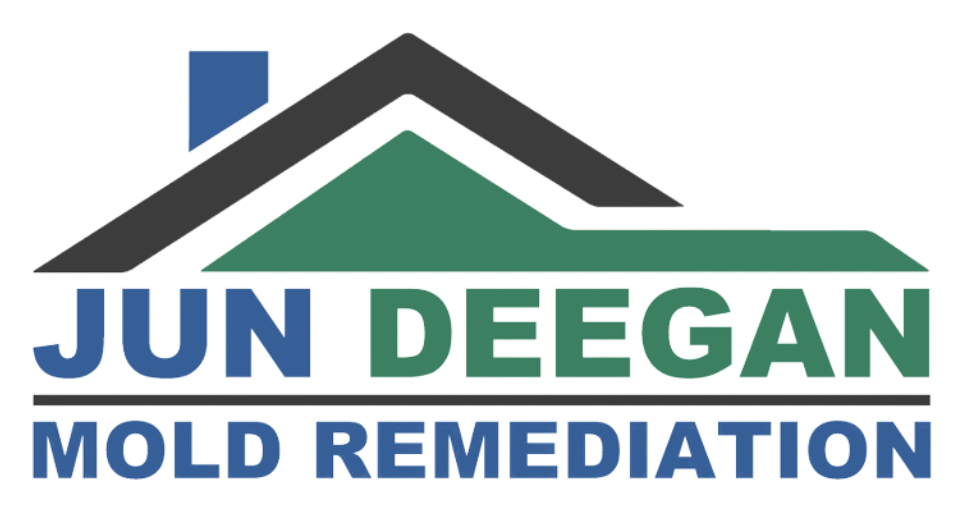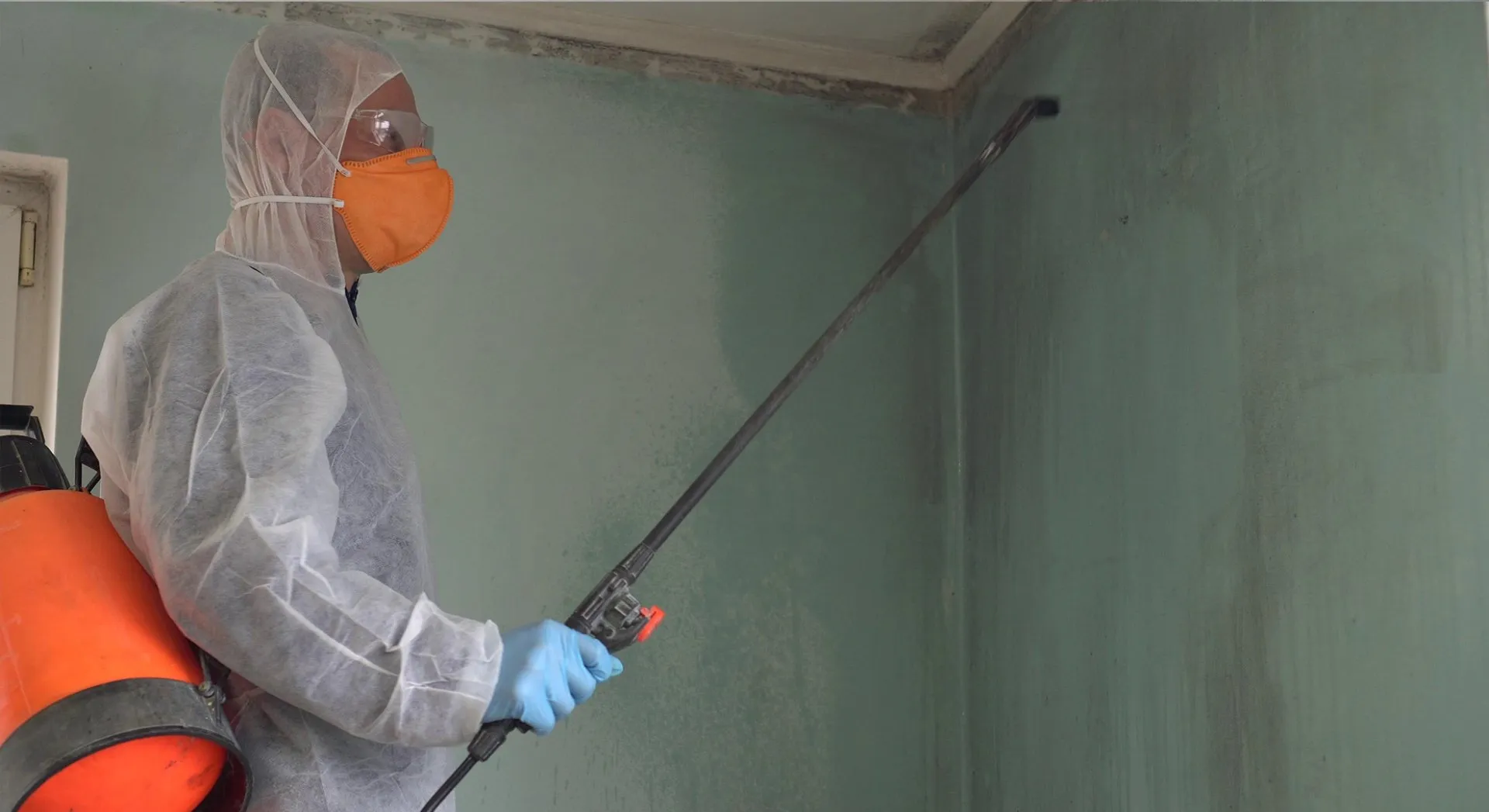Mold remediation in Somerset County is an essential service aimed at addressing mold growth in both residential and commercial properties. With the region’s diverse climate, buildings can be particularly susceptible to mold due to moisture infiltration, humidity, or water damage. Mold remediation involves identifying the source of mold, containing and removing contaminated materials, cleaning and disinfecting the area, and taking measures to prevent future growth. This process not only helps in maintaining the structural integrity of properties but also protects the health of inhabitants by eliminating potential allergens and irritants.
Mold Remediation in Somerset County NJ
Understanding when you require mold remediation is crucial for maintaining a safe and healthy environment. Here are some signs that indicate the need for professional mold remediation services in Somerset County:
- Visible Mold Growth: The most obvious sign of a mold problem is the visible presence of mold, which can appear as spots or patches on walls, ceilings, or floors. Mold comes in various colors, including black, green, white, or even orange, and it can spread quickly if not addressed promptly.
- Musty Odors: A persistent musty or earthy smell is often a strong indicator of hidden mold growth. Mold can grow behind walls, under carpets, or in other concealed areas, making the odor noticeable even when the mold itself isn’t visible.
 Recent Water Damage: If your property has recently experienced flooding, leaks, or excessive moisture, it is highly susceptible to mold growth. Mold can begin to develop within 24-48 hours after water exposure, making quick action essential.
Recent Water Damage: If your property has recently experienced flooding, leaks, or excessive moisture, it is highly susceptible to mold growth. Mold can begin to develop within 24-48 hours after water exposure, making quick action essential.- Health Symptoms: Exposure to mold can cause a variety of health issues, especially for individuals with allergies, asthma, or compromised immune systems. Symptoms may include respiratory problems, throat irritation, nasal congestion, coughing, skin irritation, or headaches. If occupants experience these symptoms without a clear cause, it may be due to mold exposure.
- Humidity Issues: High levels of humidity can encourage mold growth. Signs of excessive humidity include condensation on windows, peeling wallpaper, or warping wood. Keeping indoor humidity levels between 30% and 50% can help prevent mold growth.
- Discoloration and Staining: Water damage often leaves behind stains or discoloration on surfaces such as walls, ceilings, and floors. Even if mold is not visibly present, these stains can indicate a moisture problem that could lead to mold growth.
- Deteriorating Building Materials: Mold can cause materials like wood, drywall, and carpeting to deteriorate. If you notice softening, crumbling, or warping of these materials, it could be a sign of underlying mold issues.
Addressing mold problems in Somerset County requires a thorough understanding of mold behavior and the right tools for remediation. Professionals in mold remediation follow a step-by-step process to ensure that mold is effectively removed and future growth is prevented. This process includes:
- Assessment: A professional assessment is crucial for determining the extent of mold growth and the moisture source causing it.
- Containment: To prevent the spread of mold spores during remediation, the affected area is contained using physical barriers and negative air pressure.
- Removal: Contaminated materials are removed or cleaned depending on the level of damage. Porous materials, such as drywall or insulation, may need to be discarded, while non-porous materials can often be cleaned and disinfected.
- Cleaning: After removing the mold, the area is thoroughly cleaned and disinfected to remove any remaining spores and prevent future growth.
- Drying: Proper drying of the area is essential to ensure that no moisture remains, as mold thrives in moist environments.
- Restoration: Once the mold is removed and the area is dry, any necessary repairs or reconstruction can begin.
Preventative measures are also an important part of Somerset County mold remediation. This includes fixing leaks, improving ventilation, using dehumidifiers, and ensuring proper drainage around the property. By taking these steps, property owners can significantly reduce the risk of mold growth and maintain a healthier indoor environment.
In conclusion, mold remediation in Somerset County is a critical service for addressing and preventing mold growth, which can pose significant health risks and damage to properties. Recognizing the signs of mold growth, such as visible mold, musty odors, health symptoms, and signs of water damage or humidity, is key to taking timely action. By enlisting professional mold remediation services, property owners can ensure the safe and effective removal of mold and take steps to prevent its return, safeguarding the health of occupants and the integrity of their properties.
Looking for an Experienced Somerset County Mold Remediation Service?
If mold recurrence is a concern, consulting with mold experts in Somerset County, New Jersey is a wise decision. With Jun Deegan Mold Remediation, you’re not just getting remediation; you’re investing in a long-term mold-free environment. Our proficient team addresses not only the visible mold but delves deeper to rectify moisture sources, ensuring mold doesn’t find its way back to your premises. Service towns in the Somerset County area include Warren, Bedminster, Basking Ridge, Green Brook, Bernardsville, Raritan, Branchburg, Hillsborough, Montgomery, Bridgewater, Watchung, and more! Connect with Jun Deegan, where eradication meets prevention, ensuring you a safe, mold-free dwelling. Your peace of mind is just a call away.
Other Posts:

